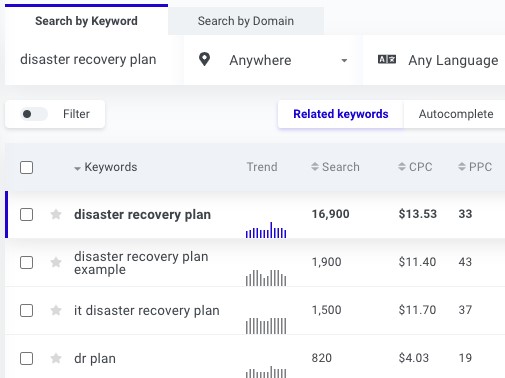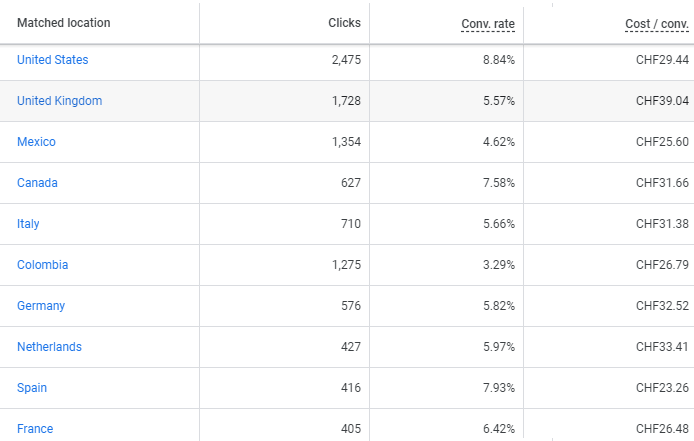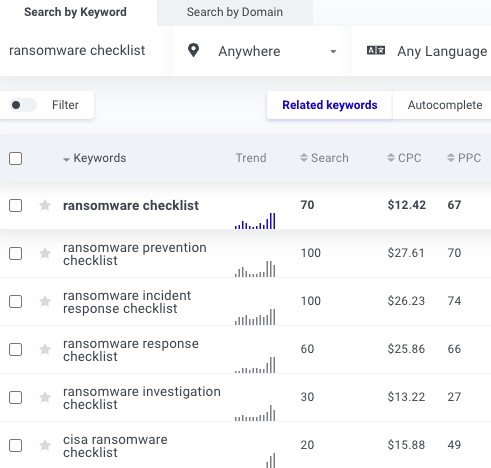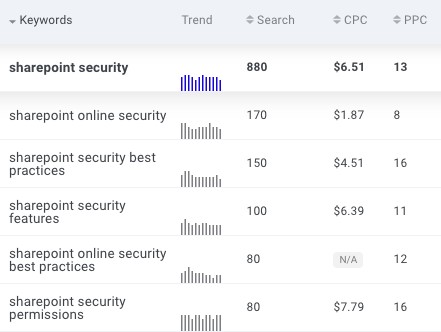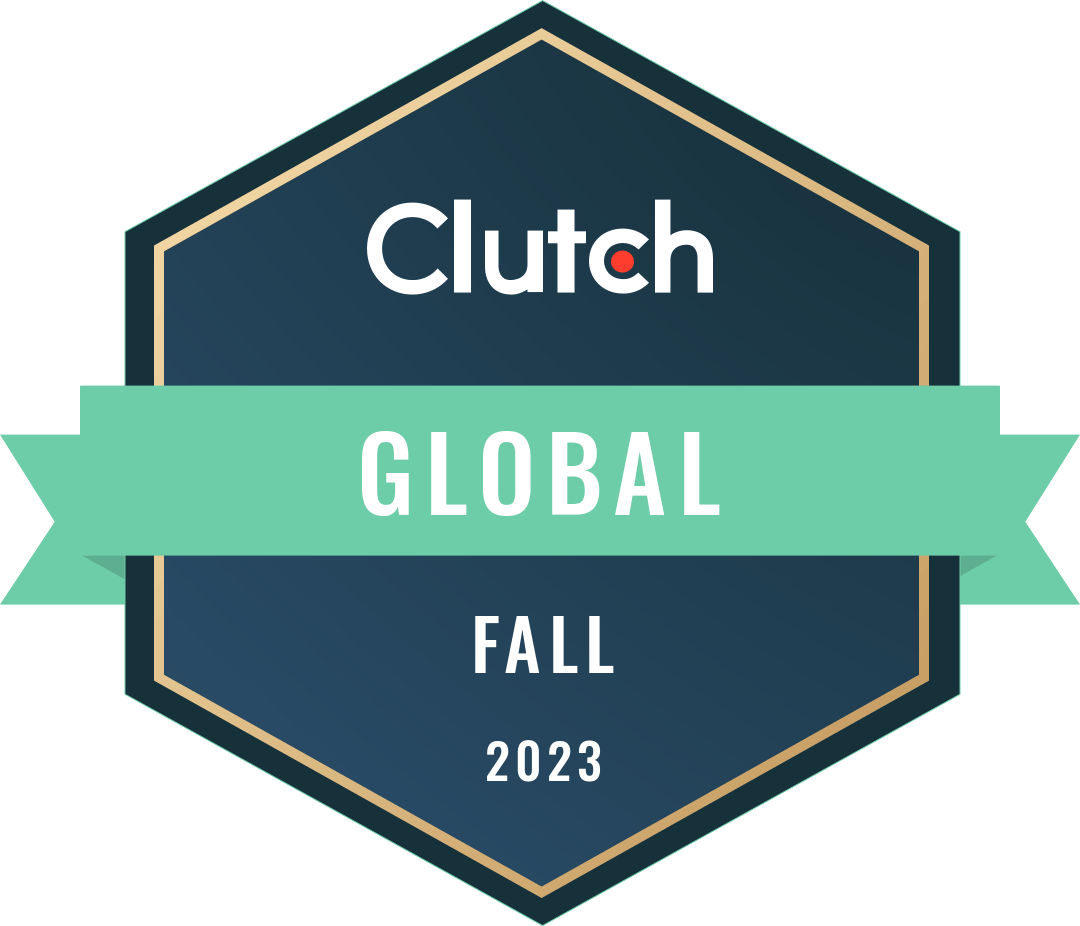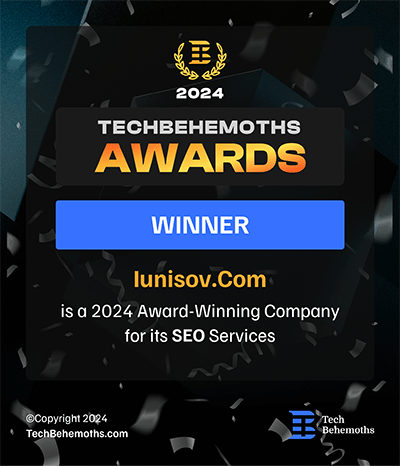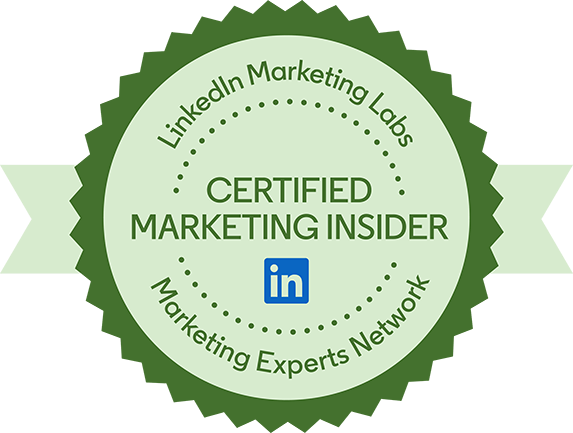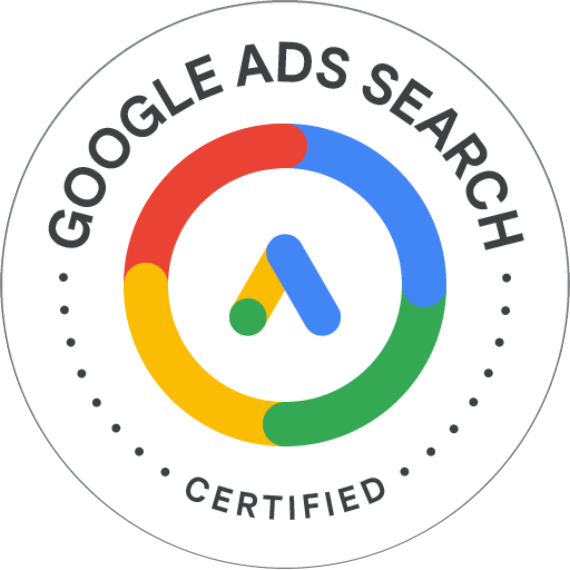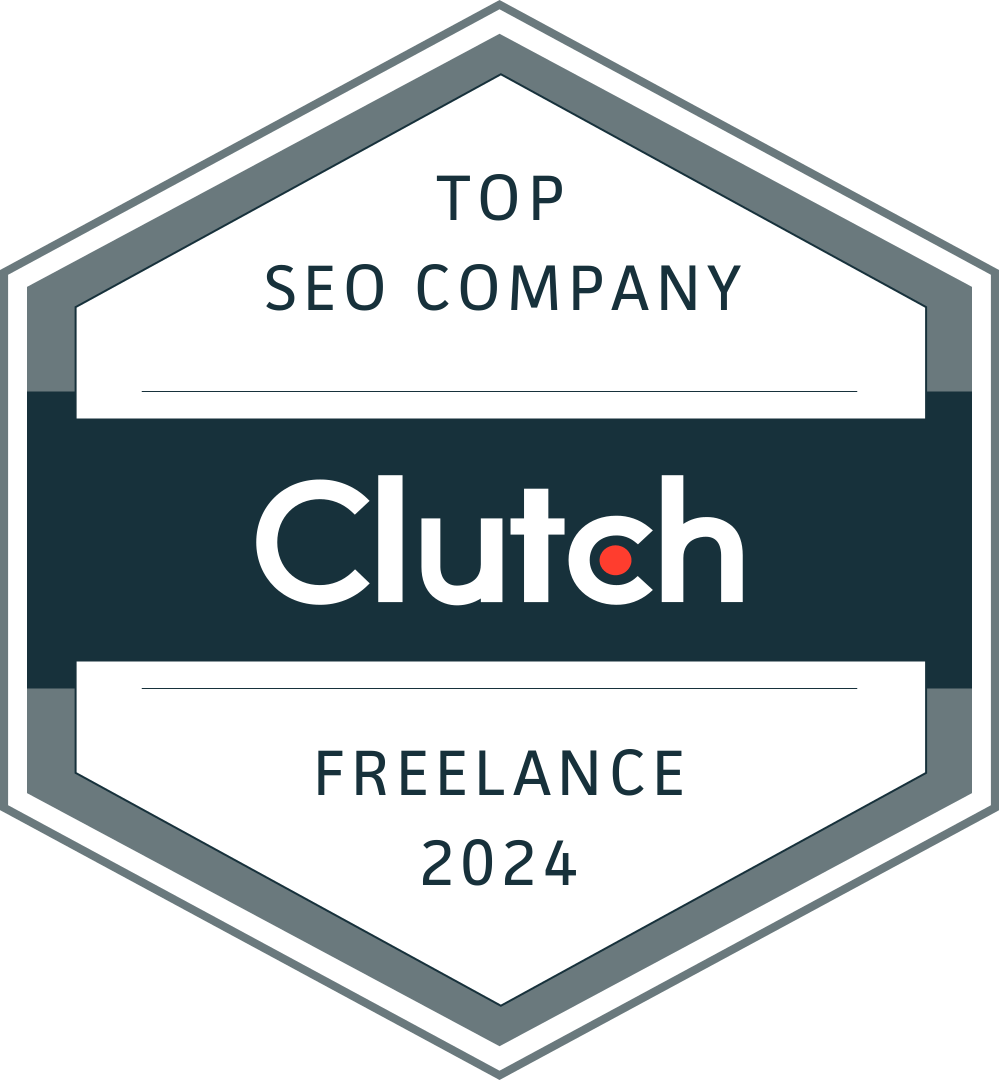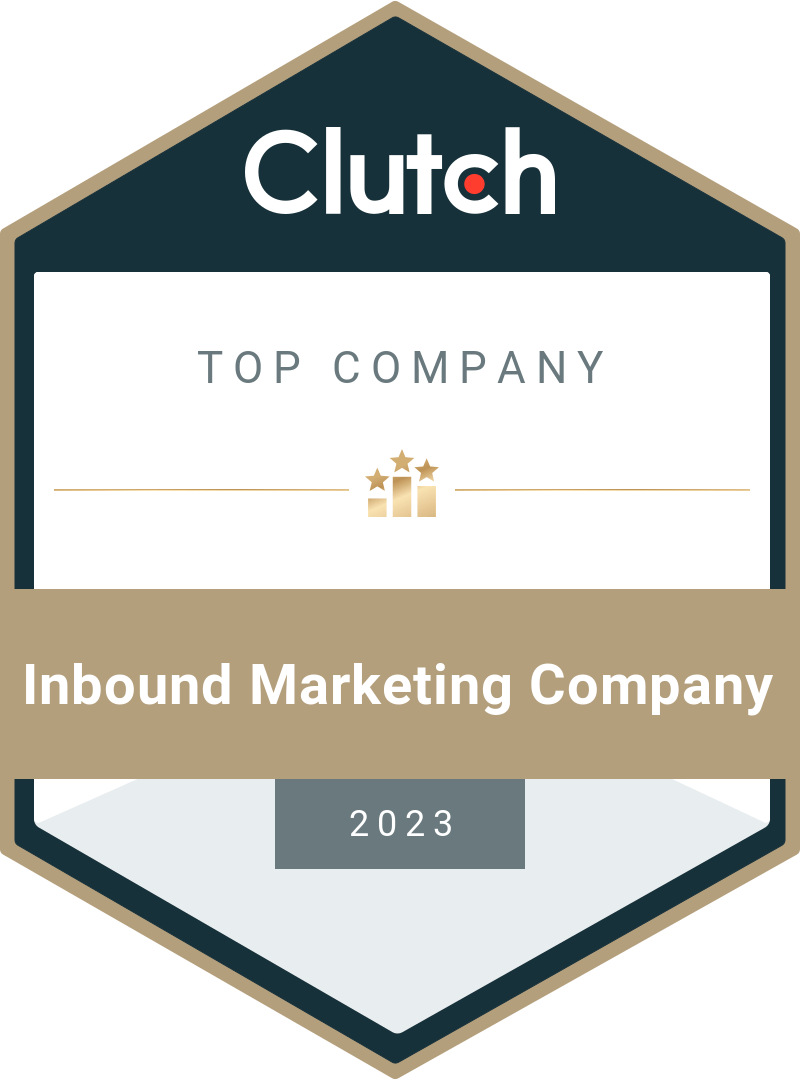PPC B2B Lead Generation: Best Practices and Case Studies in 2024
Date : May 6, 2024 By
Contents
Key Takeaways
- These PPC strategies focus on targeting B2B audiences with paid ads on search engines and by remarketing after the first touch.
- In the article, discover real-life case studies, where I increased the number of qualified leads and reduced customer acquisition costs.
- Learn how to maximize ROI and drive better results in your B2B marketing efforts.
Pay-per-click (PPC) advertising is widely used for customer acquisition in both B2C and B2B economy sectors. While PPC advertising for consumer (retail) businesses is relatively common, B2B lead generation through PPC is more complex. However, customer journeys of B2B prospects might contain search engines at some stage, making pay-per-click advertising one of the most efficient lead generation approaches for B2B.
Platforms for PPC B2B Lead Generation
B2B lead generation with PPC begins with defining your advertisement platforms and choosing the budget for each of them. The PPC platforms that are preferred by most people in these situations are:
- Google Ads (including YouTube)
- LinkedIn Ads
A bit rare is to see Microsoft Ads included in the list, However, according to my experience, the quality of traffic there is increasing, so I would recommend investing part of your marketing fund in this platform. Some of the more rare options can include:
- Reddit Ads
- Quora Ads
- Twitter Ads
How to Allocate the Budget Between Platforms?
The budget allocation between the ad platforms depends on budget constraints and the lead generation model. Here are some principles that I try to follow:
- If you need leads with higher buying intent, and the cost-per-lead is not an issue for your unit economy, consider Google Ads as a primary platform;
- If you are more focused on lead nurturing, don’t expect leads to convert into opportunities immediately, and cost is a concern, focus on LinkedIn Ads;
- Spend at least ten percent of your Google Ads budget on Microsoft Ads and compare the number of leads and the cost-per-lead;
- Leave five percent of your budget on experiments in Twitter, Reddit, Quora, and other smaller platforms.
Examples of budget splits that worked for my clients’ goals:
- 70% Google Ads, 15% Microsoft Ads, 10% LinkedIn, and 5% experiments – for a company focused on immediate lead conversion into opportunity, with no lead cost constraints;
- 60% LinkedIn Ads, 30% Google Ads, 5% Microsoft Ads, and 5% experiments – for a company with a long sales cycle focused on lead nurturing, with a severe budget and lead cost constraints.
The modern-day B2B customer journey is sophisticated and uses multiple interaction channels. Each prospect contacts one or several of your marketing assets in a specific time frame before being converted. As such, investing in expanding the number of platforms where an average customer can interact with your advertisement is the best approach here, and it can even be done within a limited budget, if necessary.
Creating & Managing an Effective PPC campaign for B2B
- Campaign Objectives: Choosing the correct set of goals is an incredibly important part of a successful marketing campaign. Brand awareness and website traffic are not the most important factors in the B2B market, for example. The number of leads, on the other hand, is something that should be maximized across multiple platforms without drastically changing the cost-per-lead or the average lead quality. Of course, picking one or two key parameters is not the correct approach to setting your campaign objectives, either. Setting exorbitant goals such as “100,000 high-quality leads per month with the cost-per-lead at $3 or lower with a total budget of $10,000” is simply unreasonable, which is where another vital element comes in – choosing achievable goals instead of unrealistic ones.
- Keyword Research: Identifying search terms that an average B2B customer from your target audience uses is the first step in most marketing campaigns. Due to the nature of the B2B market, I recommend excluding short-tail keywords that are focused on consumer search queries. The correct key phrases should be long-tail and have a noticeable emphasis on the B2B interaction. Keeping track of what your keywords competitors use and trying them is also a viable option. Starting “big” is not recommended, though – lower search volume keywords can be much easier to establish the lead flow with, and you can always scale your efforts to include high-volume keywords later.
- Account Structure: Separating your campaigns into different groups based on their location and language is a great idea; by-product separation is also viable, and I personally use it in most cases, but it is not recommended as often as the rest. In my opinion, separating campaigns based on product simplifies the overall budgeting process. Another possible separation method is “by device” if the product or service has drastically different interactions on various device types. At the same time, separating marketing campaigns based on demographics or keyword match is not a viable strategy since both of these can be done on a group level.
- Targeting: PPC B2B lead generation relies quite a lot on precision targeting. Some of the most common examples are demographics (targeting experienced decision-makers, excluding younger audiences) and location (not “Presence or interest”, only “Presence” in Google Ads). If there is a need to narrow your audience even further – you can always use customer lists to ensure that only customers that have your product would receive your ads. If you also have display campaigns in Google Ads, avoid showing ads on live streams, parked domains, sensitive content, and embedded videos. Also, try to look into excluding specific topics, such as sports, gardening, games, and anything unrelated to business. As for LinkedIn Ads specifically, you can apply age targeting, geographic targeting, job-based targeting, title-based targeting, and even targeting based on LinkedIn groups.
- Keyword Match: Selecting the most effective match type is an integral part of a marketing campaign for both Microsoft Ads and Google Ads. However, this decision is quite difficult to make since it depends a lot on your current lead generation model and the overall marketing budget. My first pick is the phrase match in most cases since it offers me plenty of control over keywords that trigger impressions, which also attracts higher-quality leads. Google also tends to propose an automatic recommendation to perform an A/B test for the broad match, but that rarely happens at the start of the campaign, if ever. Nevertheless, I try to act on this recommendation when the budget has the space for experimentation, and the customer is okay with it. Of course, both the positive and the negative outcomes of this recommendation are possible, so my actions depend on whether the result is better than it was before or not.
- Bidding Strategy and Adjustments: My recommendation is to use the “Maximize clicks” strategy for most new campaigns with no historical conversion data (the cost-per-click limit is usually between $3 and $5, but it may differ depending on the situation). Another recommendation of mine is to switch to “Maximize conversions” after hitting the first 15 conversions with the previous strategy (your daily budget limits should dictate whether the CPC restriction should remain or not). Such bid adjustments can significantly boost the total number of conversions per campaign, and they can also be used to drastically reduce the CPL within a specific geographical region if the marketing campaign is multiregional.
- Ad Copy: It is extremely important to have compelling ad copy that speaks directly to the most significant pain points of your B2B audience. You should also ensure that the ad copy is explicitly targeted toward the B2B environment since many keywords overlap with the B2C market. The overall value of your product and its benefits should be highlighted as much as possible, and an encouraging CTA in each description and headline is also a great idea.
- Landing Pages & Forms: Design landing pages with lead generation forms that are easy to complete and don’t require too much information upfront. The heading and the content of the landing page should align with your keywords to avoid attention disruption. Avoid adding too many lead qualification fields that reduce the number of conversions, and ask only essential contact and validation information. Learn more about this topic in my case study for MarketingSherpa. Lastly, always integrate the form with your CRM and marketing automation systems, and use lead enrichment tools for a more customized and effective communication.
- Ad Extensions: Use ad extensions to provide additional information, such as site links, callouts, and structured snippets. Structured snippets are advantageous for demonstrating your product’s “killer features” and callouts can bring more attention to specific promotions. If you have solution pages on the website, site links are the best placement. All this combined can enhance the visibility and CTR of your ads.
- Remarketing: Implement remarketing campaigns to re-engage visitors who have interacted with your website but have yet to convert into leads. In B2B multistaged sales cycles, where deals can close in weeks, months, or even years, it is essentialto engage with prospects several times during their buying journey to maintain their interest. Running two remarketing campaigns on Google Ads (regular display and demand gen types) is a minimum viable investment. In addition, if you don’t have budget constraints, you can add remarketing campaigns on LinkedIn, Microsoft Ads, Twitter, and other platforms to multiply the effect. Show custom-tailored ads based on previous behavior to encourage visitors to return and complete the desired action.
- Campaign Tracking & Management: Before starting your campaigns, ensure your conversion tracking (PDF downloads, trial or demo form submissions, chat window opens) works correctly. Assign the value for each conversion because, obviously, the sales quality of the lead differs for a whitepaper download and a demo request. Set a reasonable expected cost-per-lead and closely monitor it with other standards PPC KPIs like CTR or impression share. My weekly campaign management routine includes checking search the terms report and adding negative keywords based on it three times per week. I also adjust the budget allocation between campaigns and platforms based on the performance of individual campaigns, keywords, and geographies.
What’s Hiding in Your SEM Account?
Get instant, no-nonsense insights and a roadmap to maximize your ROI.
What Campaign Assets Maximize Results in PPC for B2B?
There are many types of lead generation assets applicable for B2B advertising: whitepapers, e-books, guides, templates, checklists, case studies and others. Ensure that such assets are promoted in your campaigns and do not focus purely on trial requests or contact form submissions. The 95:5 rule, initially presented in a 2021 report by the B2B Institute, posits that 95%, of business buyers are not in an active purchasing state at any given moment. Therefore, market to these 95% with an asset relevant to their stage in the customer journey.
Free Templates
In the case of Bacula Systems, I am advertising the document «Disaster Recovery Plan Template». The landing page is extremely simple — just a download form with several explanation sentences — https://www.baculasystems.com/download-your-disaster-recovery-plan-template/. This company targets system administrators and IT managers; these employees are usually responsible for creating and continuously improving enterprise disaster recovery plans. According to search volume statistics, DR plan templates and guides are searched frequently. This document is valuable for the target audience; it is regularly downloaded and used by Bacula Systems for lead generation. The search statistics demonstrate the topic’s popularity — the search demand is quite significant, allowing us to get 400+ leads monthly. These leads demonstrate an interest in the product because revising the disaster recovery plan usually goes together with assessing the backup software.
The cost-per-lead is between 25 and 45 USD, depending on the targeted locations, including those with high competition, such as the United States, the United Kingdom, and Western Europe.
Free Checklists
The following example is also connected with Bacula Systems, but the whitepaper is called «Ransomware Prevention & Response Checklist». The same simple landing page is used for this one – https://www.baculasystems.com/whitepapers/ransomware-checklist/. This free document is intended to provide insight into ransomware attack prevention, which is one of the essential topics for modern CIOs and CISOs.
As you can see, the number of searches is smaller than for disaster recovery plans but still good enough for a targeted lead generation campaign. The cost-per-lead is slightly bigger than the previous whitepaper, between 50 and 80 USD per lead; however, the engagement rate is higher for this type of asset.
Thought Leadership Whitepapers
The example listed above is a data protection and cybersecurity company Cipherpoint. Cipherpoint finds, classifies, and protects sensitive data in SharePoint and Microsoft 365. The company targets CISOs and data protection officers. Considering this information, I created a whitepaper called «Top-10 SharePoint security threats» because search statistics demonstrated high interest in this topic.
Using this thought leadership whitepaper, we achieved the 5,5% conversion rate and almost 100 qualified leads per month with a limited budget. As for the cost-per-lead, according to Statista, the average cost per lead from paid channels in the industry is 617 USD. Our cost per lead was almost ten times lower than the market average.
PPC Remarketing Best Practices for B2B
B2B lead generation is not straightforward, and the customer journey has many steps. Therefore, leveraging PPC remarketing campaigns is vital for the success of your regular pay-per-click B2B campaigns. Sometimes single campaigns perform not so well, but if you estimate their efficiency together with remarketing of visitors from this campaign, results can change significantly:
As you can see in this example, while the initial PPC campaign didn’t generate conversions, the number of conversions in the corresponding remarketing campaign is tremendous. Also, the conversion rate is 1,61%, which is way better than many other display network campaigns. Here are some best practices that I use for remarketing campaigns in B2B:
- Exclude the younger demographic from your targeting (usually the 18-24 category);
- Exclude geographical areas that do not convert from your social media campaigns or from the organic search;
- Exclude low-affinity topics from your marketing campaign’s settings, such as Games, Pets, or Sports;
- Exclude all traffic except desktop from the get-go and try adding it back once you are sure that the campaign works well on desktop traffic alone;
- Experiment with different bidding strategies only when you already have at least 15 conversions, even though Google has a specific recommendation to automate bidding strategy choices as soon as the campaign begins;
- Avoid showing ads to audiences with parental guidance, as well as on sensitive content and in other questionable situations;
- Use at least three different variations of responsive ads with their own whitepaper landing pages;
- Collect the information about the remarketing audience using the Google Analytics tag;
- Use the “Presence: People in or regularly in your targeted locations” option in most cases.
What’s Hiding in Your SEM Account?
Get instant, no-nonsense insights and a roadmap to maximize your ROI.
Conclusion
Pay-per-click advertising offers plenty of different approaches for B2B lead generation. Still, I have tried my best to offer the most compelling examples based on various case studies, industry best practices, and my own personal experience.
When done right, PPC advertising for B2B lead generation can offer many advantages. B2B marketing campaigns differ significantly from their B2C counterparts, be it with customized assets, tailored ad copies, precise audience targeting, etc. At the same time, the challenges that the B2B professionals have are usually quite complex, and the primary goal of the correct PPC campaign should be to address the pain points of these professionals to showcase the company’s unique value in their product.
A successful B2B PPC campaign can offer more than just high click-through rates – it can also generate high-quality leads with a substantial chance of being converted into paying customers. However, achieving that requires plenty of optimization for the campaign as a whole and most of its assets. Focusing on the unique needs of a B2B audience while performing ongoing improvements to your marketing materials allows you to drive meaningful lead generation with the power of PPC, which would undoubtedly bring remarkable success to your business.



